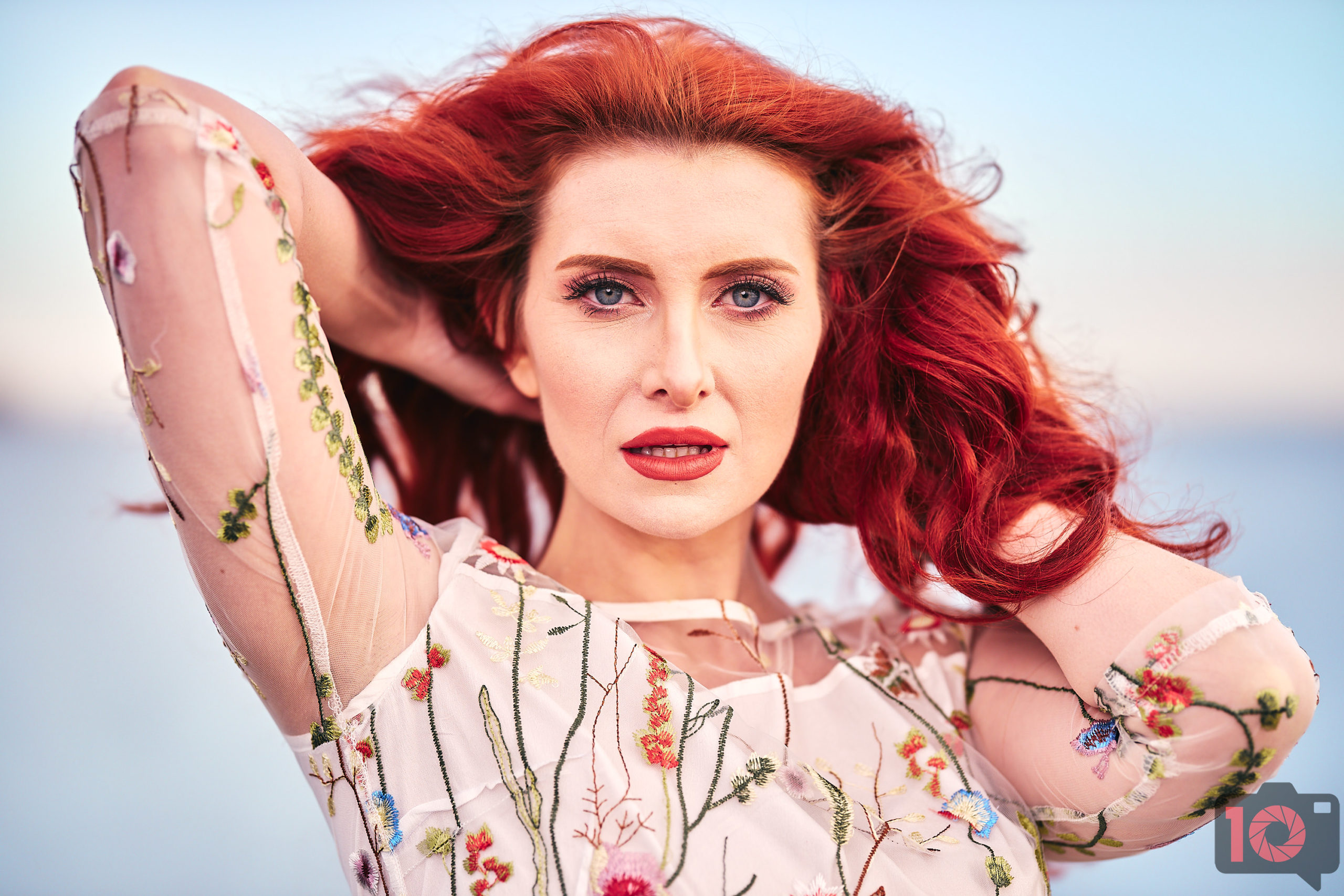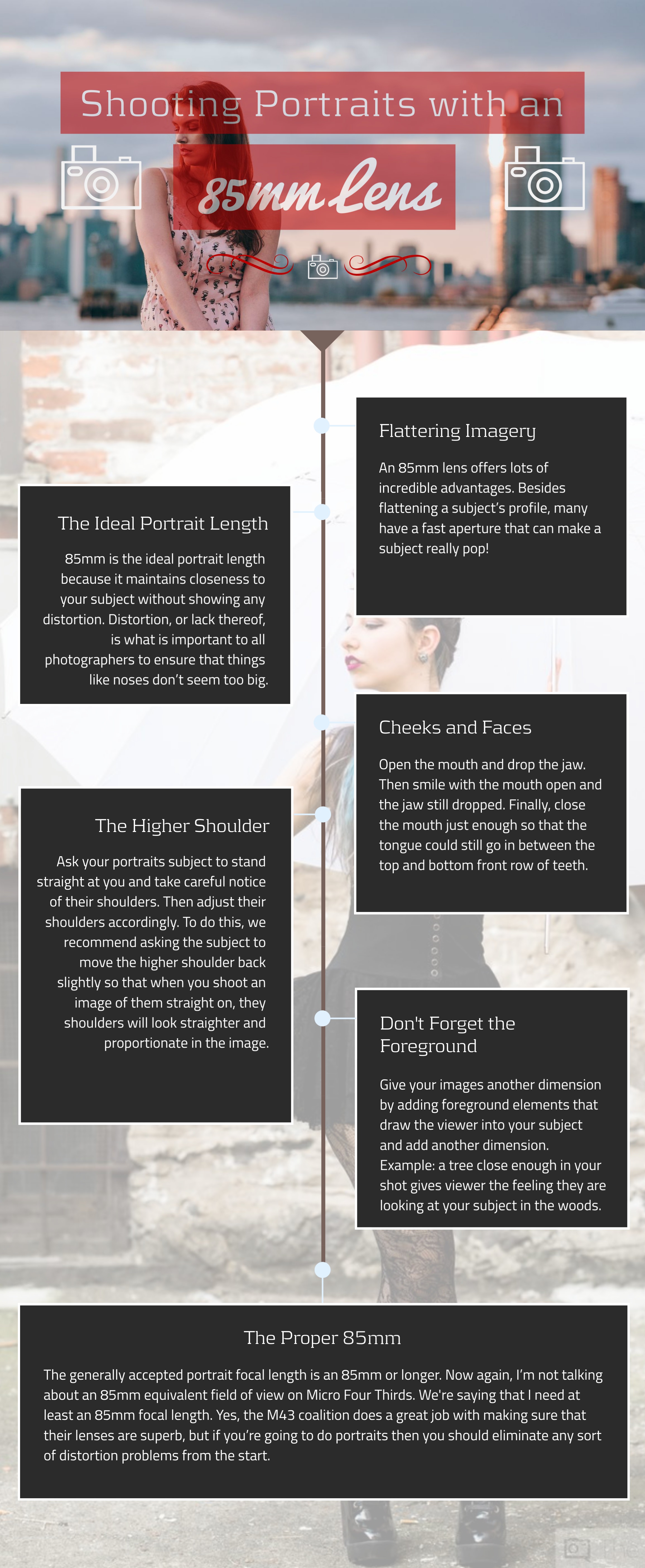Last Updated on 06/14/2020 by Mark Beckenbach
When it comes to portrait photography, the 85mm focal length is the go to choice for most photographers with good reason.
For many photographers, the 85mm focal length is synonymous with portraiture. Whenever the topic of portrait photography comes up, the discussion inevitably involves the use of 85mm lenses. But, why is the 85mm focal length so closely associated with portrait photography, and how can you best utilize it in your portraiture work? That’s precisely what we’re covering today with our latest original Phoblographer infographic.
Ideal Focal Length
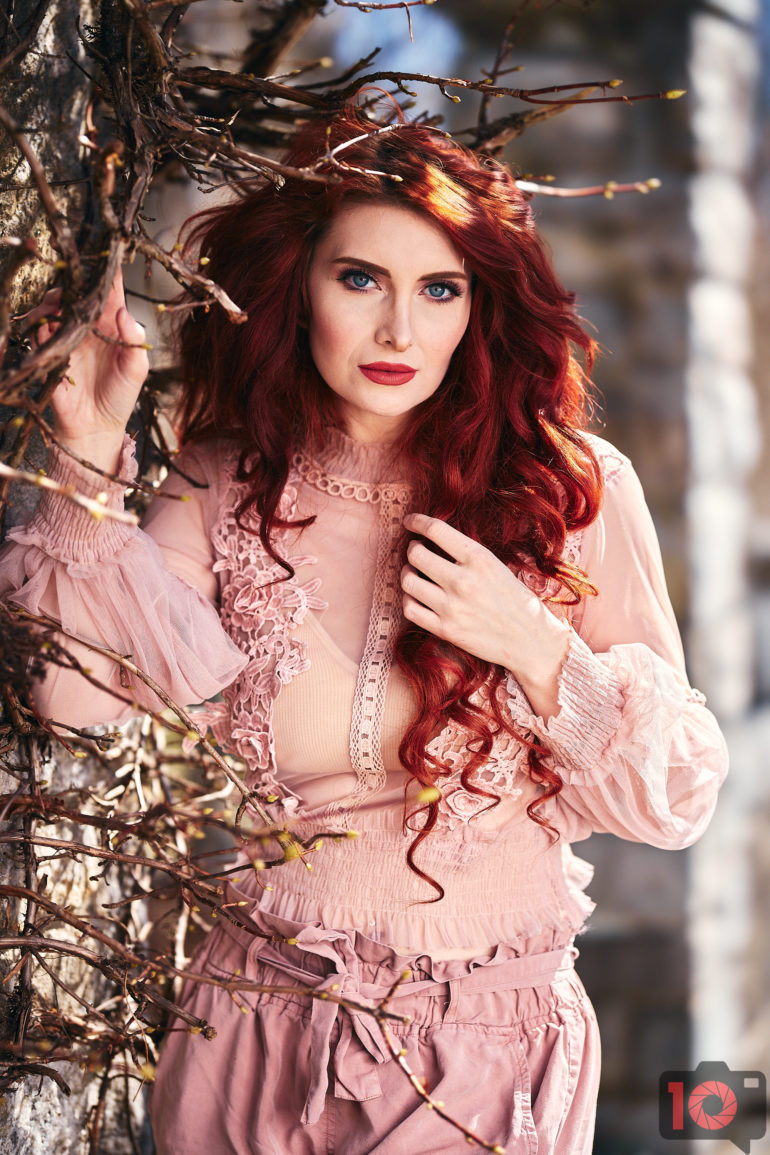
The 85mm focal length is an ideal choice for portrait photography thanks to its ability to maintain a close enough distance to your subject without having to worry about distortion. Distortion can unintentionally lead to elements within your frame, such as your subject’s nose, appearing larger than they actually are.
Flattering Imagery
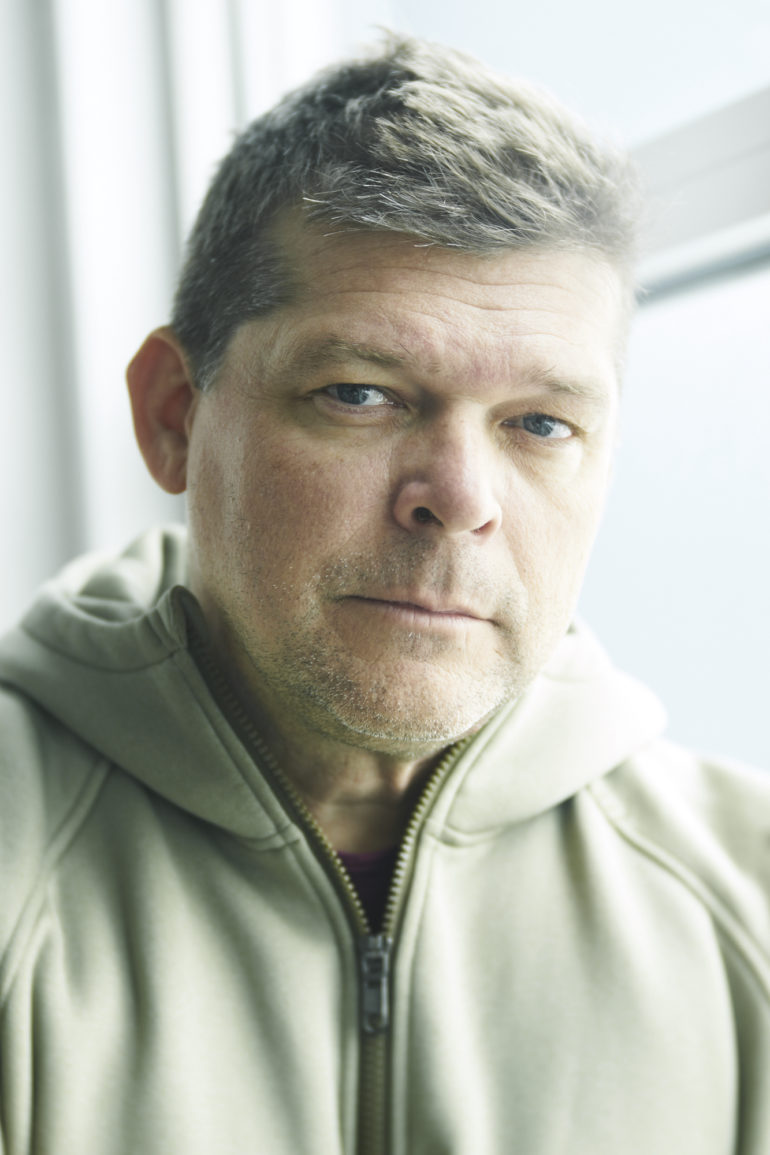
Most 85mm prime lenses tend to have fast maximum apertures of f1.8 or brighter. In addition to letting more light pass through to your camera’s sensor, faster maximum apertures also mean shallower depths of field. When used properly, shooting wide open will allow you to render distracting elements within your frame out of focus, making your subject stand out as a result.
Facial Expression Is Key
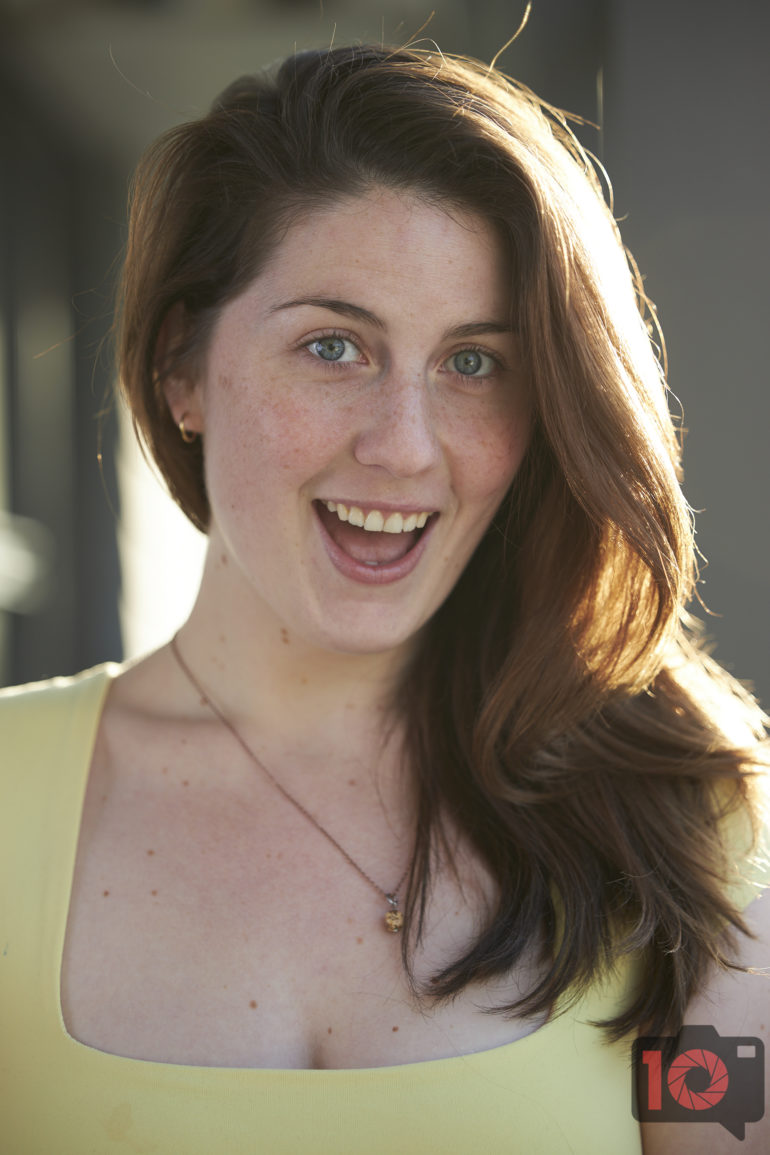
When it comes to portrait photography, your subject’s facial expression plays an important role. If you’re just starting out, getting the perfect smile from your subjects may feel like a daunting challenge. Here’s a useful tip: start by having your subject open their mouth and drop their jaw. When their mouth is open and their jaw is dropped, have them smile. Finally, have your subject close their mouth just enough that tongue could still fit between their top and bottom rows of teeth.
Mind the Higher Shoulder
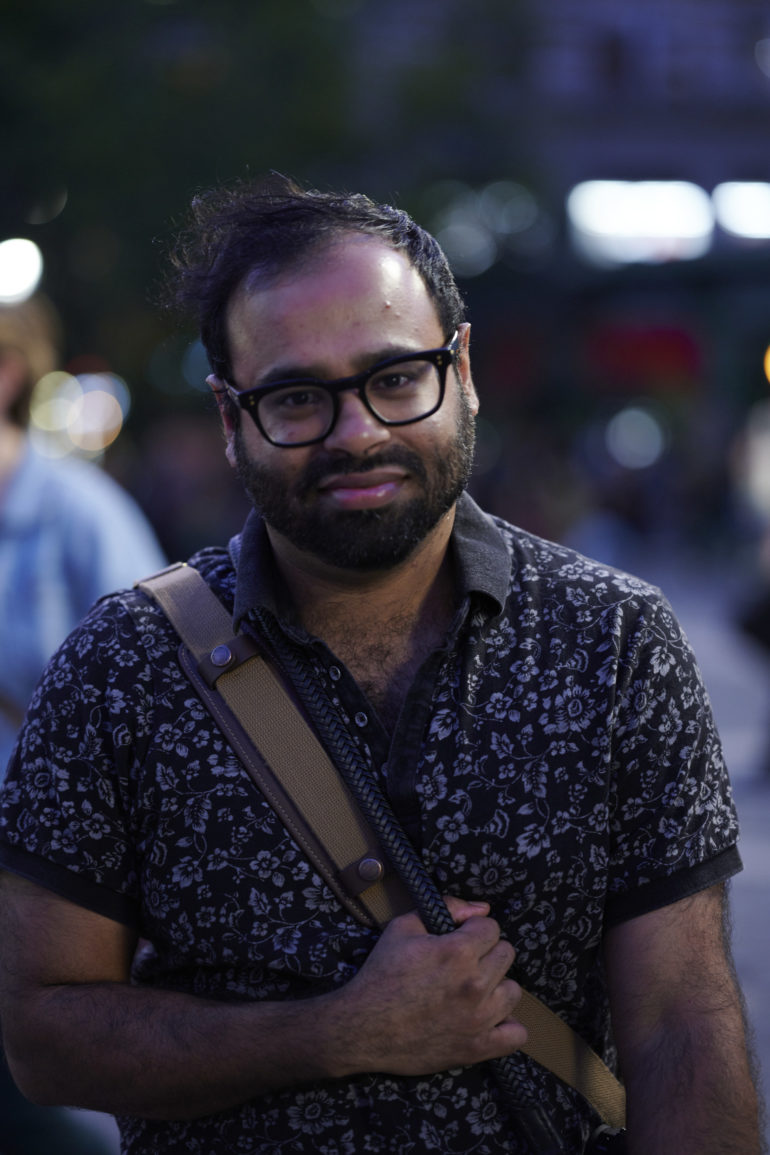
Most people have shoulders that are uneven. It’s important to bear this in mind when posing your subjects. If you’re photographing your subject head-on, this simple trick can help straighten their shoulders in camera. Start by having them face your lens straight on. From this position, simply have your subject move their higher shoulder back until both shoulders appear straight within your frame. Nailing it in-camera means less work during post-production.
Don’t Forget the Foreground
Using an 85mm to create a well-composed portrait isn’t the most challenging thing in the world, but there are things you can do to take your portraits to the next level. Adding foreground elements to your portraits can give them a sense of depth and make them more visually engaging. This can help turn a simple portrait into one that tells a story.
The Phoblographer’s Photography Cheat Sheets are powered by VisMe.


